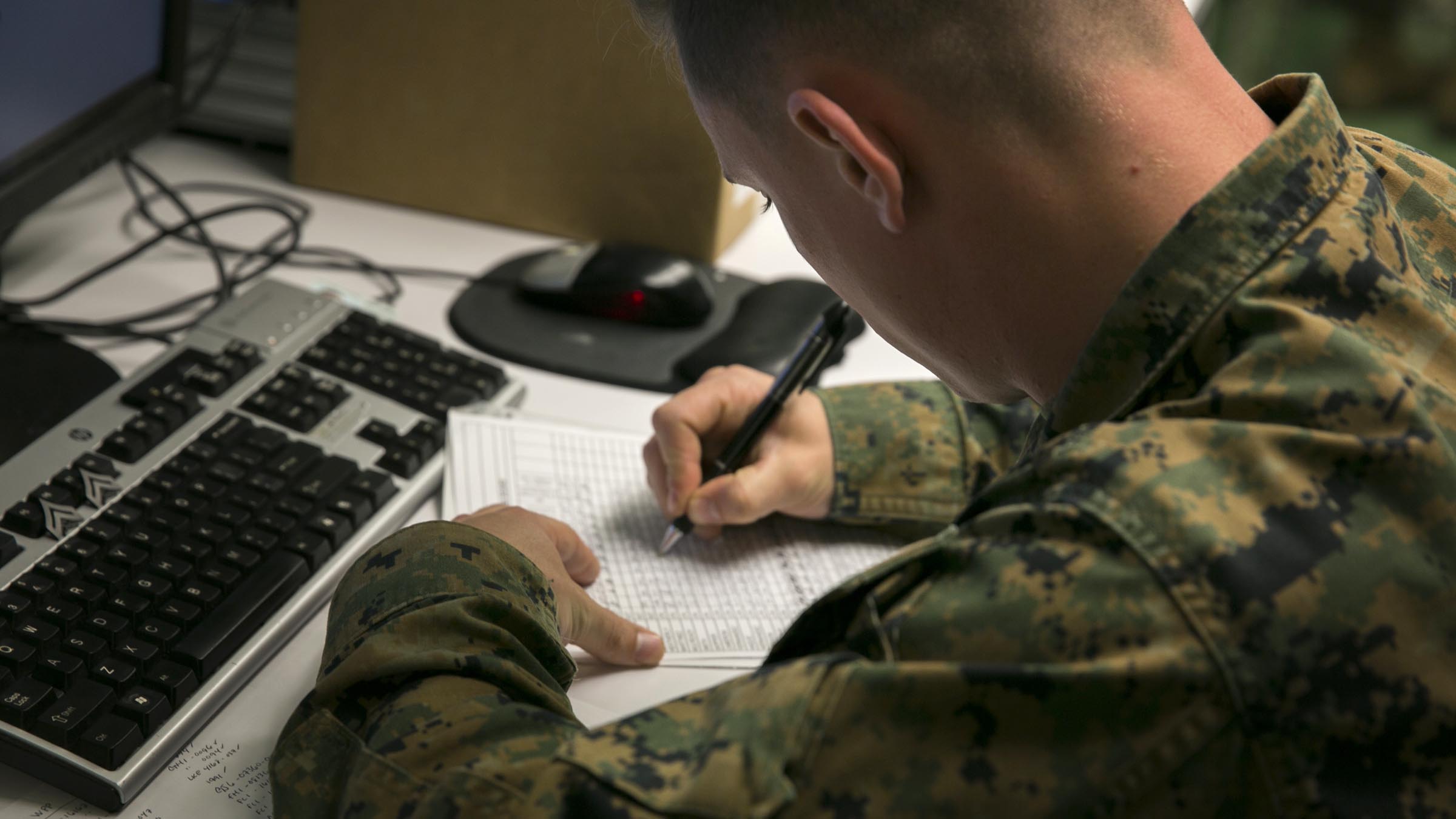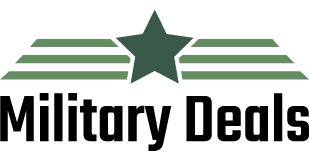
Career Help & Military Transition Assistance
Veterans returning to the workforce after military service face a variety of challenges. Translating military experience to a civilian resume is one of the most obvious of these, but even this is too easily taken for granted in terms of how easy it may or may not be to do so and what current trends…
